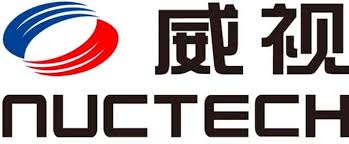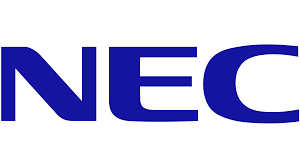| A performance knockout goes back to the jury because of public misconception of radiation |
Security decision makers are faced with an almost unfair dilemma in choosing Whole Body Scanners enabling technology. On the one hand, MMWave technology has limited resolution and above all cannot detect intra-cavity smuggling (e.g., passengers hiding plastic bags containing drugs or explosives in their body cavities, terrorists’ plans to use surgeries to implant explosives inside the body of would-be suicide aviation terrorists). On the other hand, Backscatter X-Ray technology provides dramatically-superior screening performance:
- It detects explosives and arms within and outside the human body
- It provides (some) material identification capabilities (e.g., TNT vs. a bar of chocolate)
- It can, due to its high spatial resolution, identify a bomb’s wires
In short, it would be very difficult for terrorists to beat this technology at a radiation dose of a two minutes’ flight at 30.000 feet. |
| The dilemma arises from the public’s fear of radiation – a term that is automatically connected with the word Cancer. Following 40 years of medical research, no study has indicated any elevation of cancer prevalence in commercial air crews who fly hundreds of hours per year for over 20 years over a non-flying population. |
 |
|
MMWave AIT
|
|
Advantages
- Does not require bulky portals
- Can provide the dielectric constraint of the screened concealed object being screened (if it is dielectric)
- No privacy issues
- No ionizing radiation
|
Disadvantages
- Limited spatial resolution of ~1cm, but enough to detect an object (>2 cm) mounted outside the body
- Can’t detect intra-body concealed explosives and arms
- Limited throughput
|
Safety

Millimeter wave technology emits “thousands of times less energy than a cell “phone transmission.
Source: TSA |
|
|
Backscatter X-Ray
|
|
Advantages
- High spatial and material ID resolution
- Maximum detection of potential threats
- Detects metallic and non-metallic weapons
- IEDS detection
- Detects explosives and drugs
- Demonstrated effectiveness in a prison environment
- Can be used as primary or secondary screening
- Hard to defeat
- Some material ID reduces secondary screening
- 2nd generation systems have no privacy issues
- Detects intra-body concealed explosives and arms
|
Disadvantages
- Requires ionizing radiation
- Public fear of radiation
- Limited throughput
|
Safety

One backscatter technology scan produces the same exposure as two minutes of flying on an airplane.
Source: TSA |
|

















